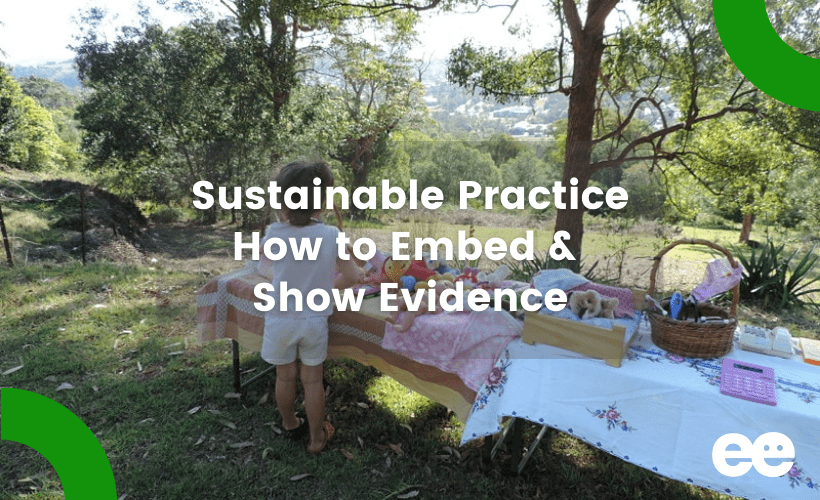
The Australian Early Years Framework (EYLF) and indeed most early years frameworks across the international early childhood community asks educators to incorporate sustainable practice into their service. As educators we must ensure we offer activities, experiences and environments that introduce children to the environment around them and also support them to find ways of looking after their own environment whether at home or in care.
One of the most frequent questions I am asked on my Facebook page is…
“How do I show evidence of embedded sustainable practice – I don’t want chickens and I don’t like gardening so what am I meant to do?”
It’s honestly not as hard as you might think but it’s also a lot more than just having some chickens or a vegetable patch. Good news for those educators who do not want to focus solely on those activities!
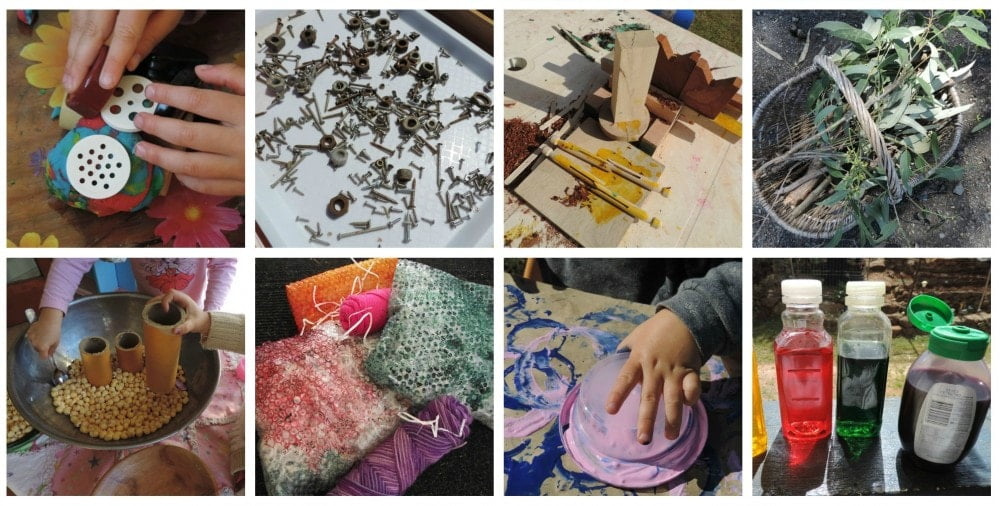
To be able to ‘show evidence’ you first need to clarify your own values and what is important to you as an educator. If you are part of a large centre environment then it would be best practice to come together as a team and decide on what each team member is passionate about, what they could offer to a sustainability audit and policy and how they could be involved individually as well as being part of a united group. Some things might work well for your area, team or community of children, some will not. It is your job to get the parents and children involved as active participants and allow their ‘voices’ to be heard (as well as your own of course!) as you explore sustainability.
Keep in mind that quality is usually better than quantity – whatever activities or ideas you put into practice make sure they are meaningful and provide opportunities for the children to become engaged in the learning process while also having fun.
Here’s a few ideas and suggestions to get you brainstorming!
How to embed sustainable practice into your early years service.
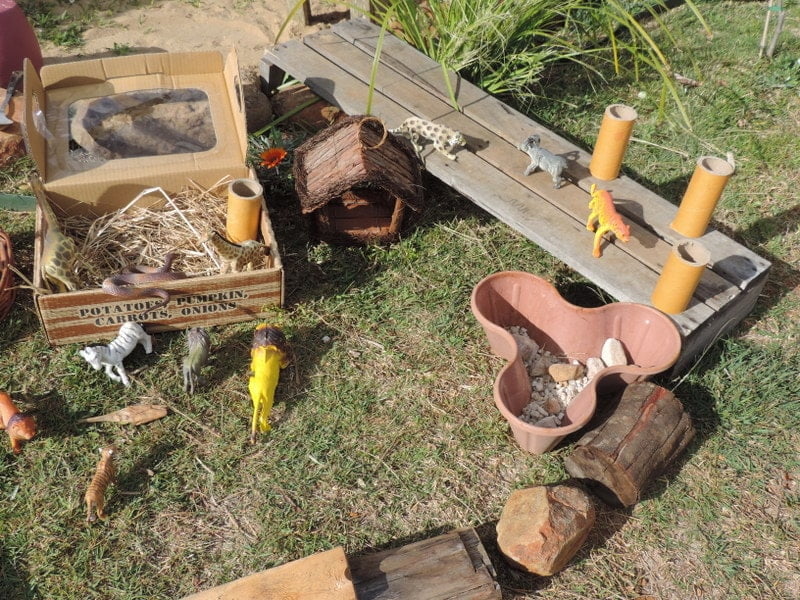
- Potted plants inside and outside
- Flowers planted in outdoor area for children to cut and use in their play if you garden
- Access to quality wooden and fair trade resources
- Access to natural materials such as pebbles, rocks, sand, dirt, gardens, branches etc
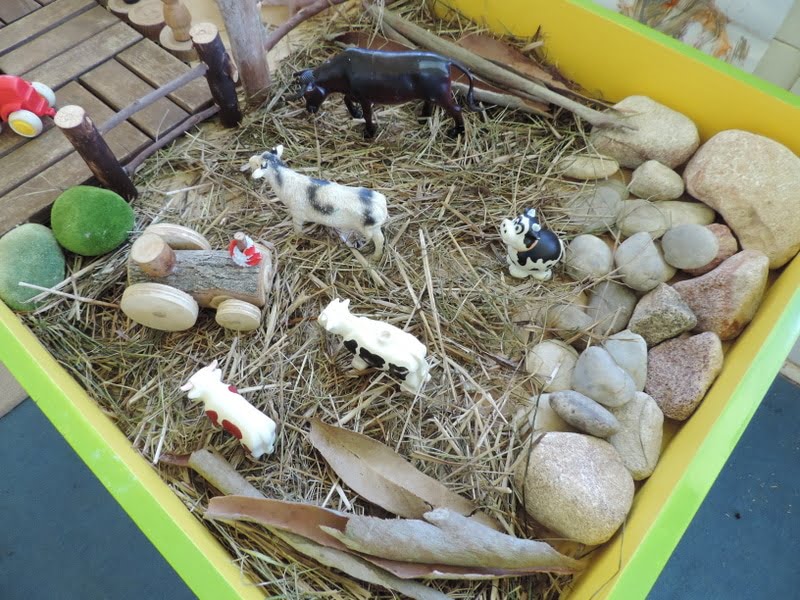

- Mulch your gardens and vegie patch
- Install a small worm farm
- Make a small (or large) vegetable garden or flower garden for the kids to help you with if you like to garden
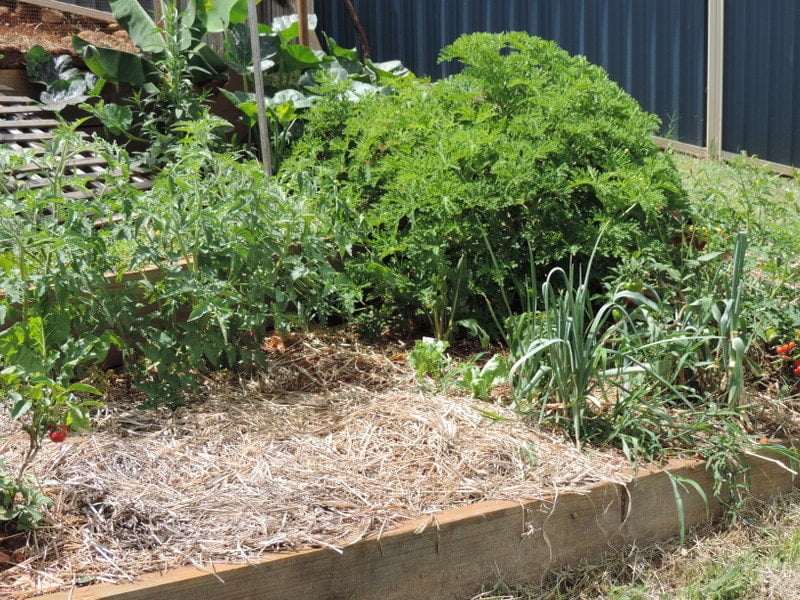
- Label bedding so they can be reused for same child during the week to cut down on washing and water use.
- Install a water tank for use when watering gardens or during water play
- Ensure toilet used for the children has a half flush button and provide education around this
- Display pictures of taps being turned off
- Recycle paper for craft and drawing
- Cut cardboard boxes up when you purchase new resources and add to your stash of cardboard for the kids

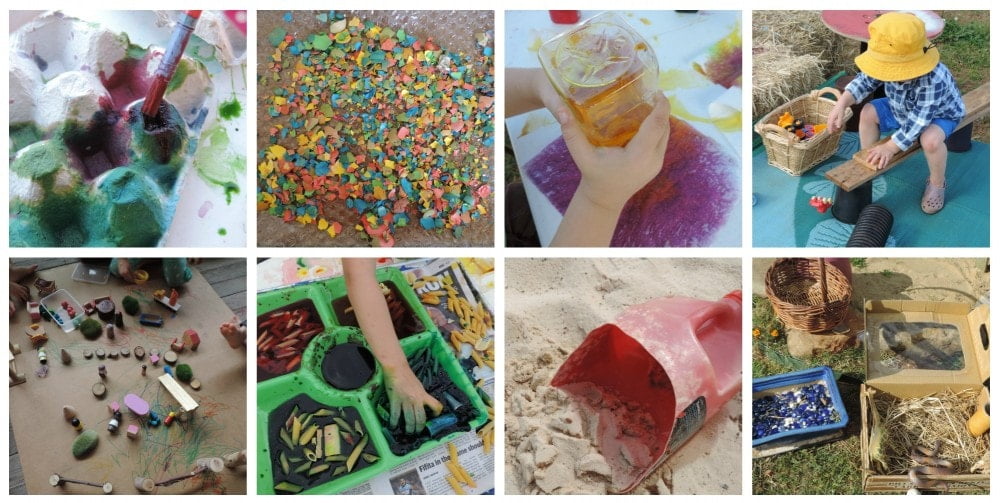
- Provide a tub or bin for children to add recycled materials and paper for craft. Encourage use from this bin.
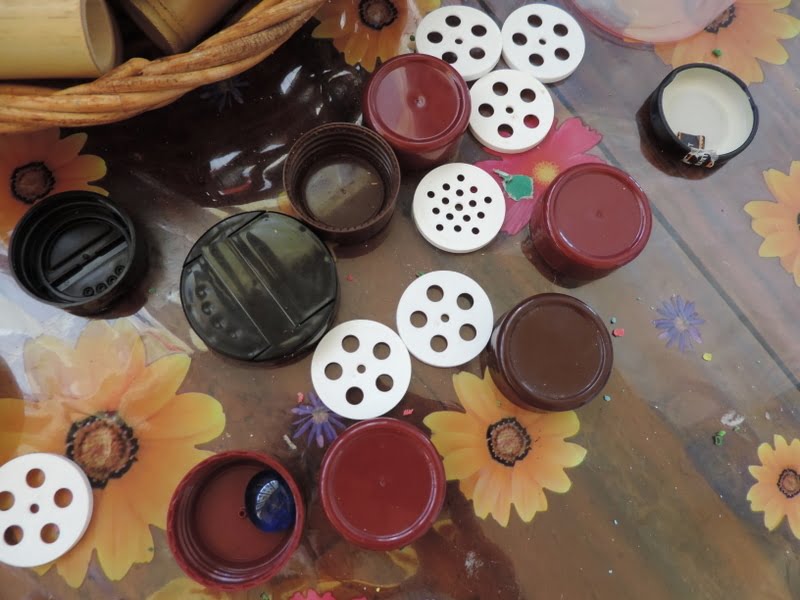
- Use child sized bins for scrap containers – waste, organic, recycle (or whatever correlates to your council collection bins)
- Set up a routine of children helping to empty organic scraps into the compost or feed the chickens or worms.
- Use washing line for children’s bedding and soft toys – provide small air hanger for children to hang small things up themselves.
- Use energy efficient globes and turn off lights when not needed – ask children their opinion on when to turn off and on
- Use non toxic and environmentally friendly cleaning products with reusable cloths.
- Include stories and games with environmental content regularly on the shelves
- Include stories in your parent newsletter of any sustainability focused activities and their outcomes
- Send home flower cuttings, vegies and seeds with the children to share with their family.
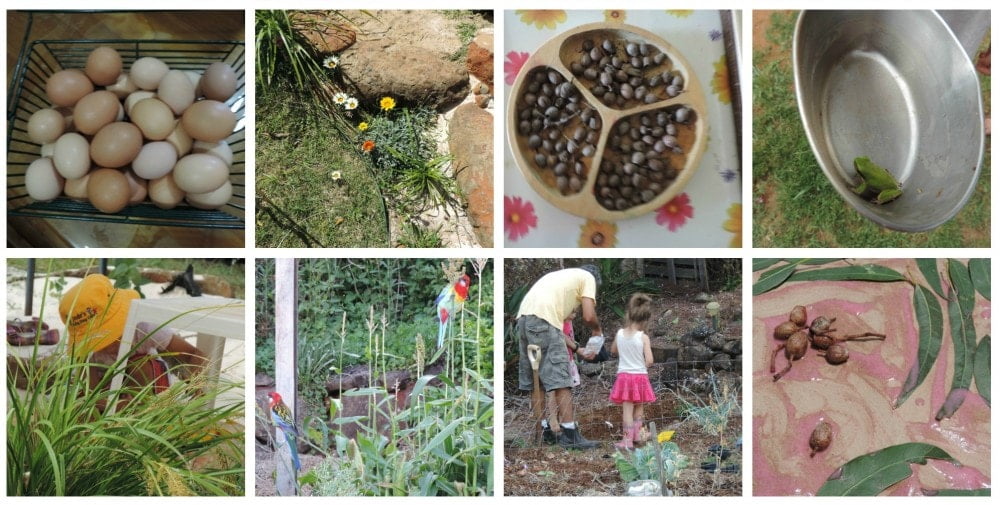
How to show evidence of your embedded practice.
- Display photos of children demonstrating sustainability practices/activities
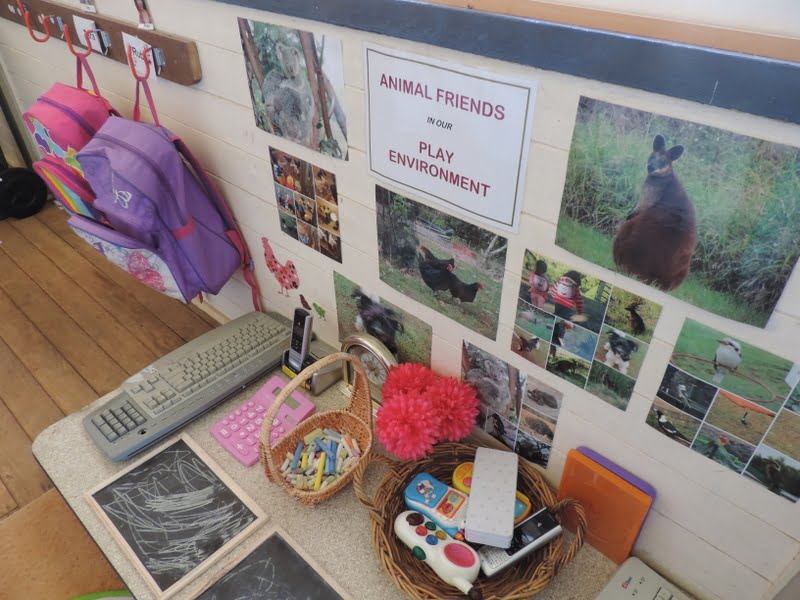
- Display photos of children using natural materials.
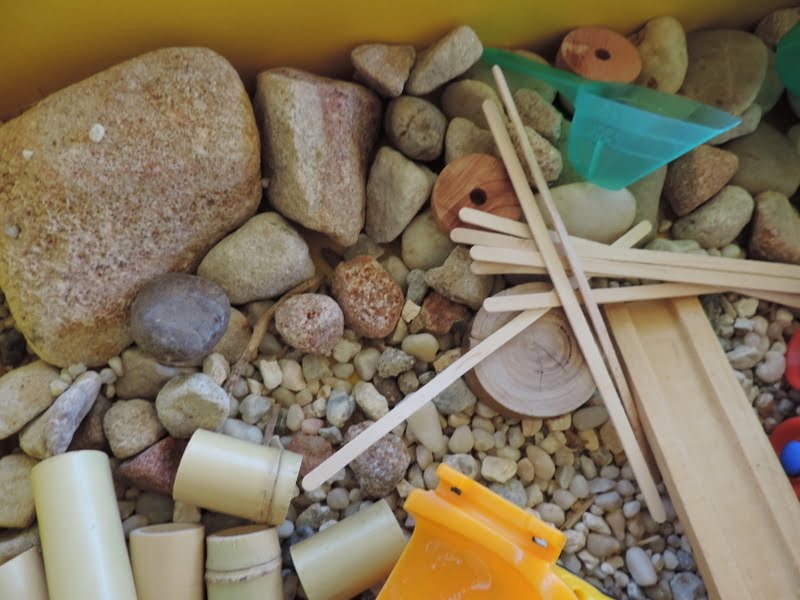
- Write down conversations you have with the children and include in their portfolios or observations
- Use checklists and photo stories
- Include intentional teaching activities on your program
- Ensure you’re indoor and outdoor environment reflect embedded practices, natural materials and resources as well as child friendly signs
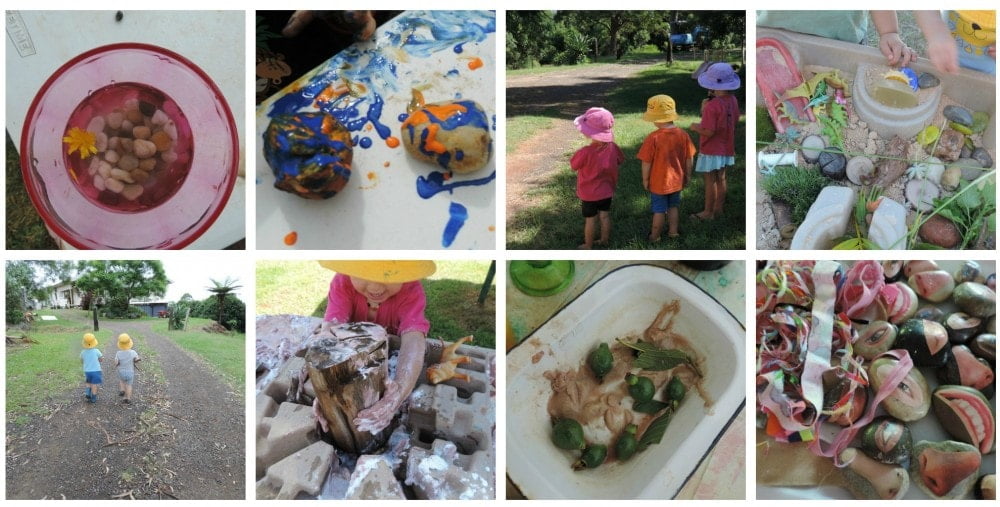
- Record conversations as they create or build with natural materials
- Write a basic sustainability policy for your service
- Include information in parent newsletters about where your toys and resources are sourced from.
- Write down any parent feedback on your weekly program or in your reflections/daily diary
- Include photos in the bathroom of turning taps off and an arrow to the half flush button on the toilet.
- Label bins, buckets with recycling and organic as well as waste. We have one for the chickens too.
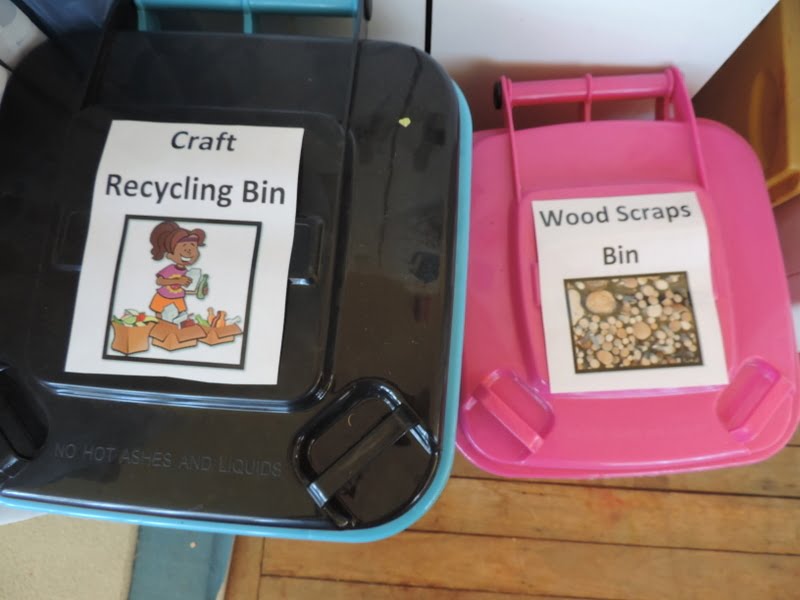
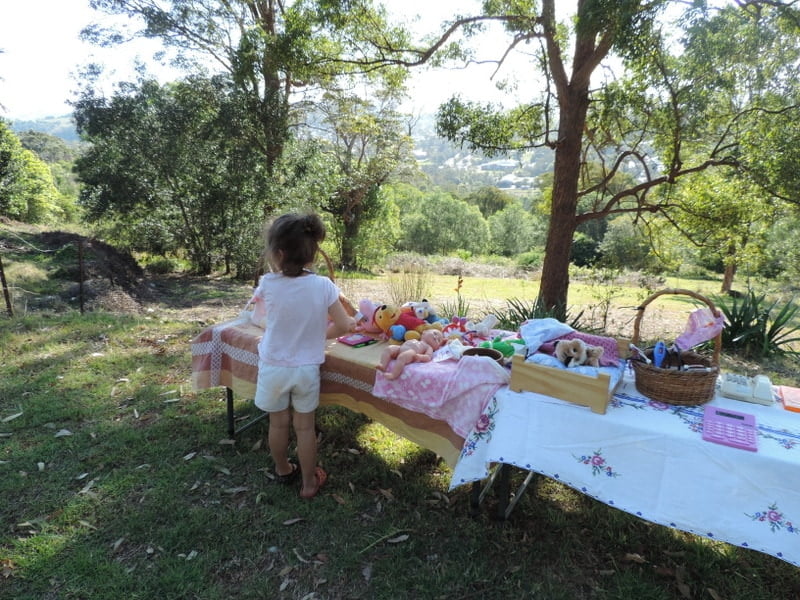
A Little About Me
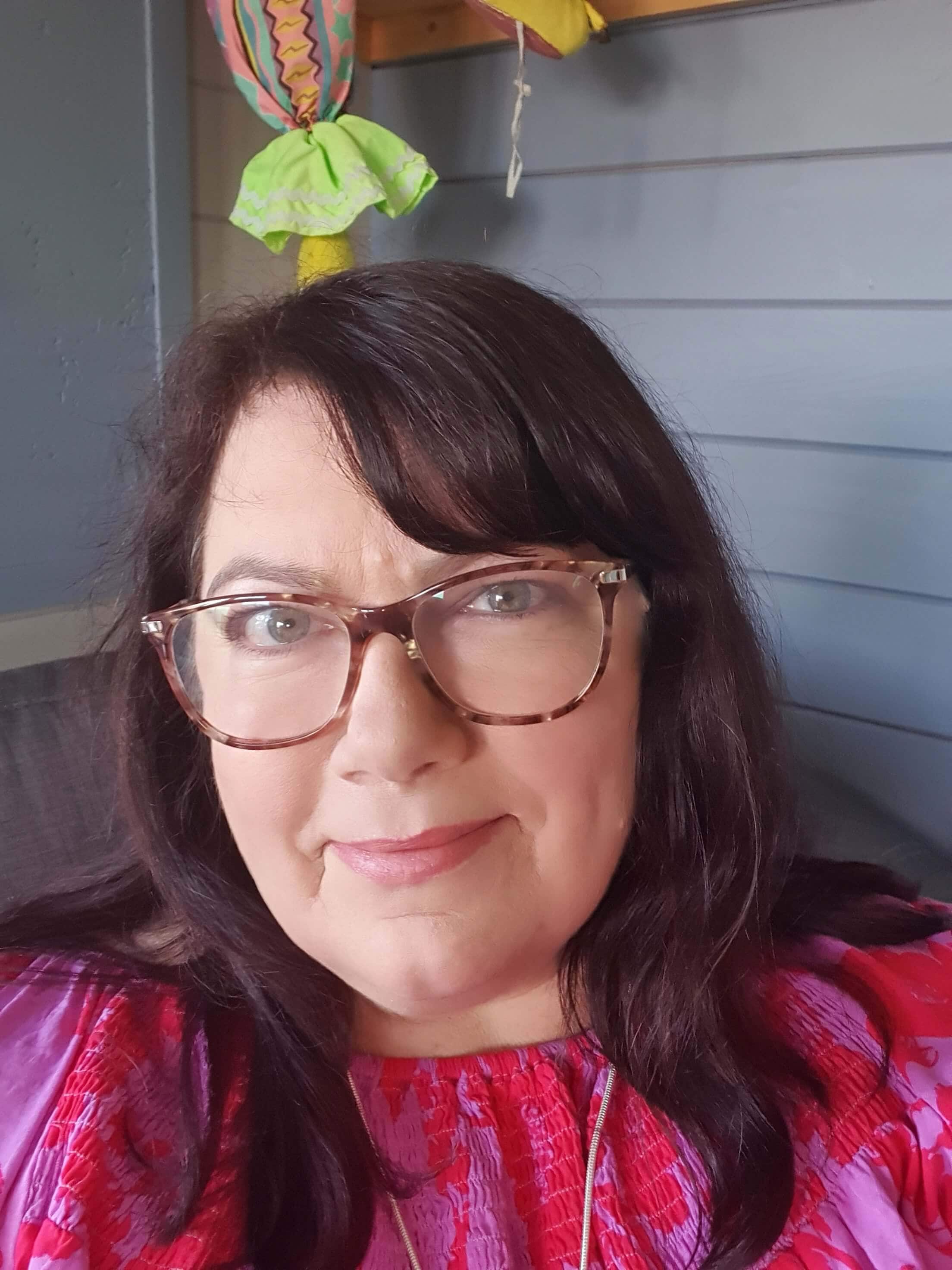
Jodie Clarke is an early childhood professional supporting educators who want and need to stay passionate about the work they do! She has 30 years hands-on experience in the early childhood and human services sectors across many different roles.
Jodie is mum to 3 in Australia and has already helped thousands of educators with their work through her popular blog posts, activity ideas, online training and e-books.
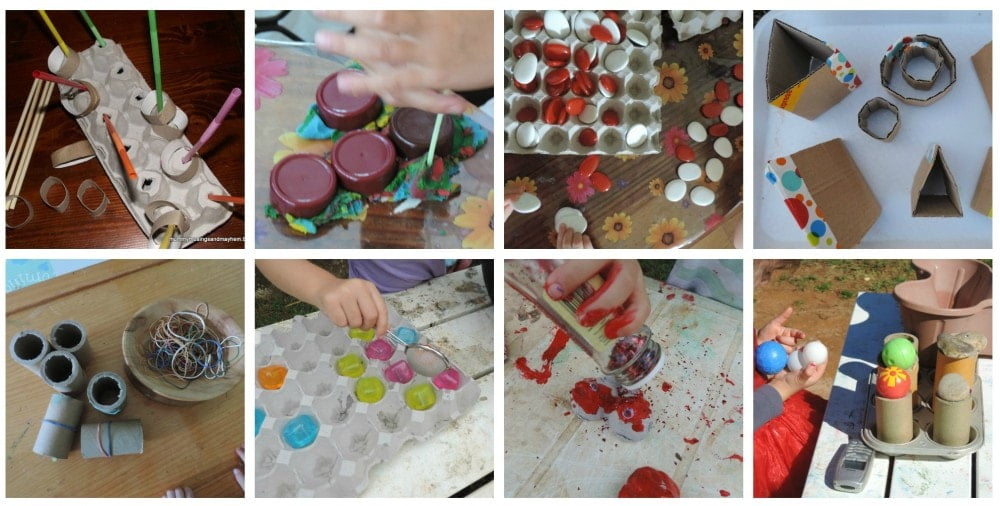
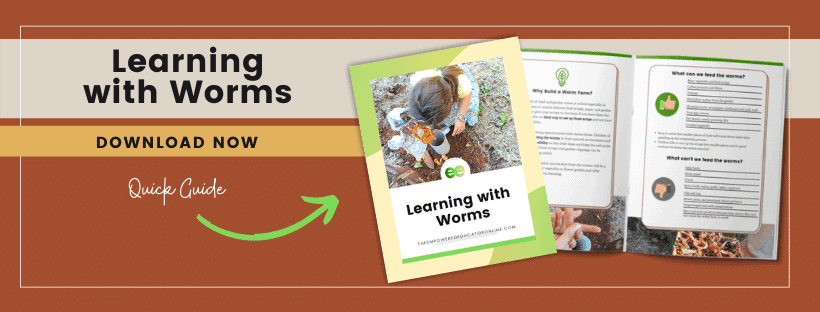
very interesting and great pictures
Some really great ideas and suggestions for our teachers to use within their environments. It is sometimes really difficult to stand up against the tidal wave of plastic resources that our children end up immersed in.
I know exactly what you mean which is why I am passionate about getting simple ideas and alternatives out there – it really can be so easy for teachers to begin embedding sustainable initiatives and practice!
Hi, great article. I would like to pin it to reread at a later date but unable to. Would love for you to add a pin it button to save your articles. Is this possible? I already follow on Pinterest but I cannnot find this article and it takes extra time to go through it all.
Many thanks!
Sorry Jen, I do normally have a pin it button for images on there it just hasn’t been working well lately so I’m looking into it. You can also download a Pinterest app that sits in your browser and you just click it to download images from blog posts you are reading, I use it all the time!